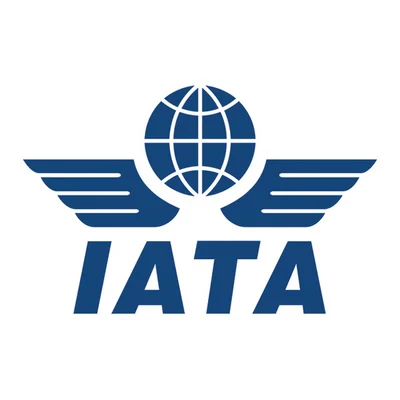The Boeing 777-300ER, a widely used long-haul aircraft since its introduction in 2004, is nearing the end of its production era. The last passenger version was delivered in 2024, marking the closure of the production line. Despite this, many 777-300ERs will remain active through the decade, gradually transitioning to secondary roles or being dismantled for spare parts as airlines modernize their fleets.
Boeing's new 777X family is set to take over as the company's flagship twin-engine widebody aircraft. However, entry into service for the first 777-9 models has been delayed until at least 2026. The 777X offers improvements in capacity, fuel efficiency, noise reduction, and lower carbon emissions compared to previous models. A freighter version of the aircraft is also under development to replace older cargo jets such as the Boeing 747-400F and existing 777F aircraft.
The relationship between the outgoing Boeing 777-300ER and its successor, the Boeing 777X series, centers on operational continuity and technological advancement. "The Boeing 777-300ER is the benchmark for a long-haul big twin-engine aircraft of the 2000s to the 2010s. The Boeing 777X is the aircraft's successor, and it was designed to keep the same mission," according to industry analysis.
 Alerts Sign-up
Alerts Sign-up




































